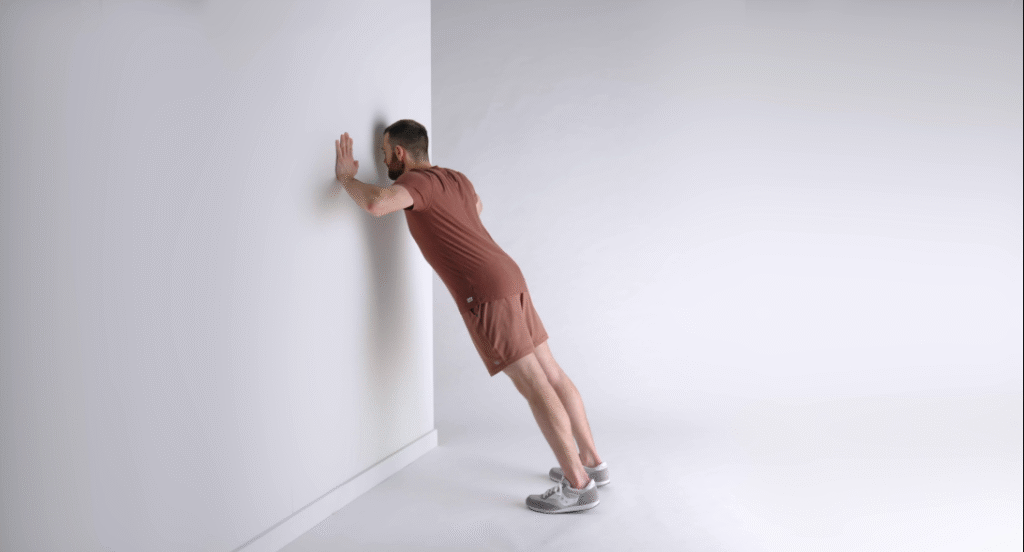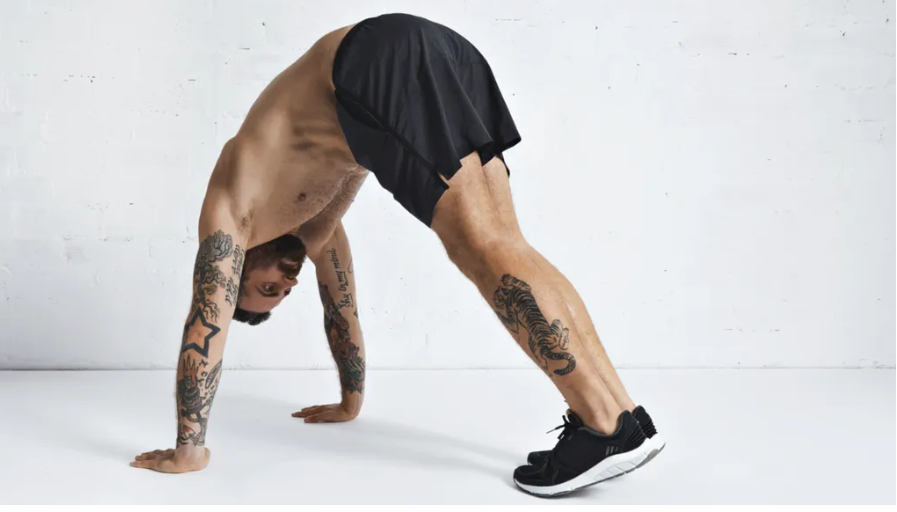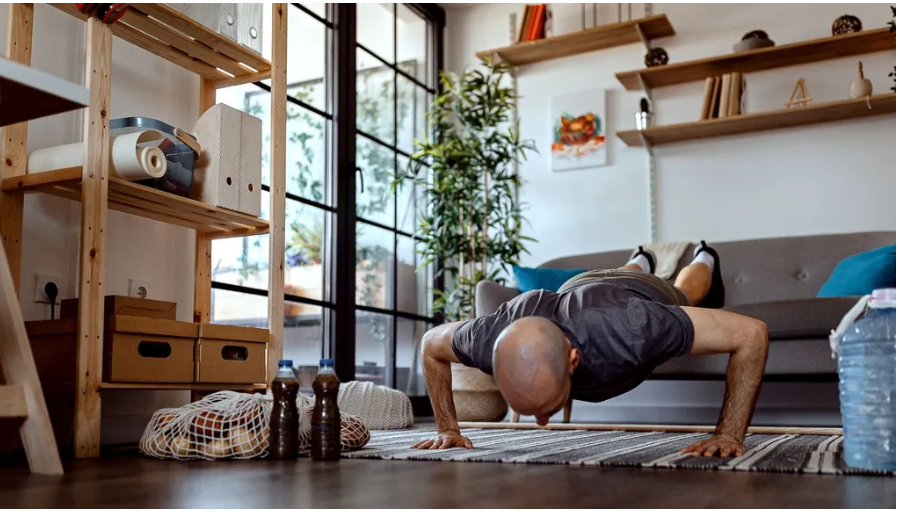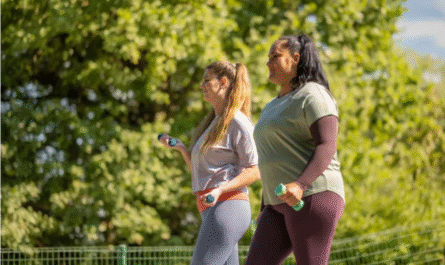Push-ups. Pull-ups. Planks. They look simple — but if you’re just starting out or returning to fitness, these bodyweight moves can feel impossible. The good news? You don’t have to jump straight to perfect push-ups on Day 1.
Building strength is a process. And before tackling advanced bodyweight exercises, it’s smart to develop a solid foundation of strength and stability. These 10 exercises will help you do just that.
Whether your goal is mastering push-ups, building upper-body power, or improving overall fitness, these moves are the perfect place to start.
1. Wall Push-Ups

A beginner-friendly way to mimic the push-up motion without the full bodyweight load.
How to do it:
Stand facing a wall, hands shoulder-width apart. Lean forward and press your palms into the wall, lowering your chest toward it. Push back to the starting position.
Benefits: Builds chest, shoulder, and tricep strength while reinforcing proper push-up form.
2. Incline Push-Ups
A step up from wall push-ups. Use a sturdy surface like a bench or countertop.
How to do it:
Place your hands on an elevated surface, body in a straight line. Lower your chest toward the surface, then press back up.
Benefits: Strengthens chest, arms, and core with less intensity than floor push-ups.
3. Negative Push-Ups
Train the hardest part of a push-up — the lowering phase — to build strength.
How to do it:
Start in a high plank position. Slowly lower your body to the floor, taking 3–5 seconds. Reset and repeat.
Benefits: Builds eccentric (lowering) strength, essential for full push-ups.
4. Plank Holds
A strong core supports proper push-up form and overall stability.
How to do it:
Hold a forearm plank or high plank with a neutral spine and engaged core for 20–60 seconds.
Benefits: Builds core, shoulder, and upper back endurance.
5. Glute Bridges
Push-ups require full-body tension — don’t neglect your lower body and hips.
How to do it:
Lie on your back with knees bent and feet flat. Lift your hips toward the ceiling, squeezing your glutes. Lower and repeat.
Benefits: Strengthens glutes, hamstrings, and lower back for improved core stability.
6. Dumbbell Chest Press
Target your chest and triceps with controlled resistance.
How to do it:
Lie on a bench or floor with dumbbells in each hand. Press the weights up, then lower them with control.
Benefits: Builds chest and arm strength needed for pushing movements.
7. Resistance Band Rows
Balance your pushing exercises with pulling movements to avoid shoulder imbalances.
How to do it:
Attach a resistance band to a secure anchor. Pull the band toward your body, squeezing your shoulder blades.
Benefits: Strengthens back muscles, improving posture and push-up stability.
8. Shoulder Taps
Build anti-rotation core strength and shoulder stability.
How to do it:
Start in a high plank. Keeping your hips stable, tap your left shoulder with your right hand. Alternate sides.
Benefits: Improves core control and shoulder strength.
9. Tricep Dips (Bench or Chair)
Strengthen your triceps to assist with the pressing phase of push-ups.
How to do it:
Place your hands on a sturdy surface behind you. Lower your body by bending your elbows, then press back up.
Benefits: Builds arm strength and endurance.
10. Dead Bug
A fantastic core exercise to teach full-body control.
How to do it:
Lie on your back with arms and legs in the air. Extend your right arm and left leg simultaneously, keeping your core engaged. Return and switch sides.
Benefits: Builds deep core stability, crucial for maintaining body alignment during push-ups.
Final Tips
✅ Progress gradually.
✅ Focus on form, not reps.
✅ Be consistent.
If you practice these 10 exercises 2–3 times per week, you’ll build the strength and stability needed to tackle push-ups with confidence.




